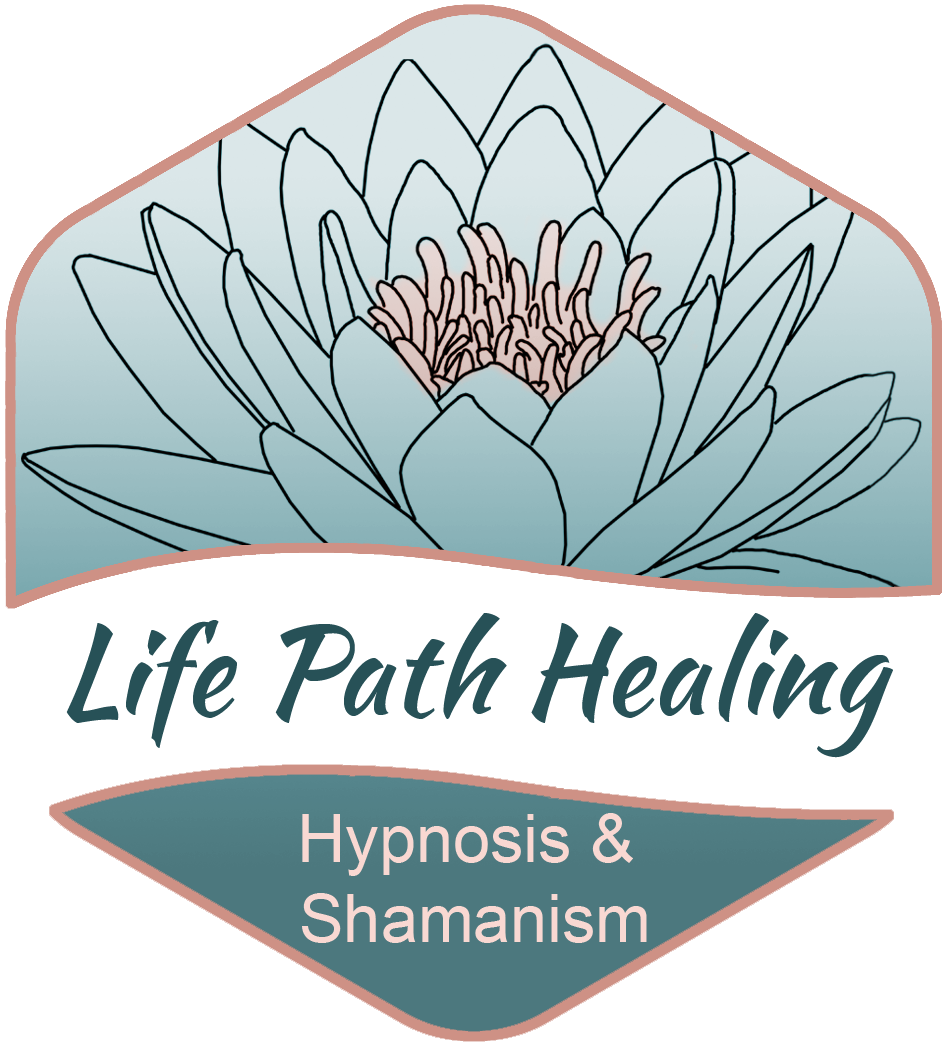Brainspotting FAQ
Brainspotting Blog FAQ
What is Brainspotting?
Brainspotting was discovered in 2003 by David Grand, PhD, a trauma therapist and EMDR practitioner. While working with a professional figure skater who was struggling to master a triple loop, Grand noticed that her eyes would involuntarily fixate on a specific spot when she recalled a traumatic experience. He observed that when she held her gaze on this spot, she was able to access and process her trauma in a deeper way than she had been able to with EMDR.
Grand began to experiment with this technique with other clients and found that it was consistently effective in helping them process and heal from trauma. He named the technique "Brainspotting" because it is based on the idea that where you look affects how you feel.
Brainspotting is based on the theory that the brain stores traumatic memories in a network of interconnected neurons. When a person is triggered by a reminder of the trauma, these neurons activate and cause the person to experience the same emotions, thoughts, and physical sensations that they felt during the original event.
Brainspotting is a promising new therapy that has been shown to be effective in treating a wide range of trauma-related conditions.
How does Brainspotting work?
Brainspotting works by helping you identify and focus on the specific spot in your visual field that is associated with trauma. This helps to activate the neural network associated with the trauma and bring it into conscious awareness. Once the trauma is in conscious awareness, the person can begin to process and heal from it.
Brainspotting is based on the idea that our brains have specific eye positions that are associated with different emotions and experiences. When we focus on these eye positions, it can help us to access and process these emotions and experiences.
What conditions can Brainspotting be used to treat?
Brainspotting can be used to treat a wide range of conditions, including:
Trauma (PTSD, complex trauma, developmental trauma)
Anxiety
Depression
Phobias
Chronic pain
Stress
Grief and loss
Relationship problems
Performance anxiety
Creative blocks
What is a typical Brainspotting session like?
A typical Brainspotting session begins with discussing what you would like to work on. Then, I’ll guide you to find a Brainspot, which is an eye position that is associated with the issue you would like to address.
Once you have found a Brainspot, I’ll ask you to focus on it and notice any thoughts, feelings, or bodily sensations that arise.
We’ll continue to work together until you feel that you have resolved the issue you were working on. This may take one session or several sessions, depending on the complexity of the issue.
How long does a Brainspotting session last?
Sessions are typically 50 minutes. We’ll spend some time talking about the issue and then begin finding a brain spot.
Is Brainspotting safe?
Brainspotting is generally considered to be a safe and effective technique. However, it is important to work with a qualified Brainspotting practitioner who has been trained in the proper techniques.
What are the benefits of Brainspotting?
Brainspotting has been shown to be effective in treating a wide range of conditions. It can help people to:
Reduce their symptoms of trauma, anxiety, depression, and other mental health conditions
Improve their emotional regulation
Increase their self-awareness
Heal from past wounds
Live more fulfilling lives
What are the differences between EMDR and Brainspotting?
The main difference between EMDR and Brainspotting is the way that they use BLS. In EMDR, BLS is used throughout the entire therapy session. In Brainspotting, BLS is used only when the client is focused on their Brainspot.
Another difference between the two techniques is the way that they approach trauma. EMDR focuses on processing specific traumatic memories. Brainspotting is more holistic and can be used to process a wider range of emotional experiences, including those that are not directly related to trauma.
Which therapy is more effective?
Both EMDR and Brainspotting have been shown to be effective in treating a variety of conditions, including trauma, anxiety, depression, and phobias.
Some studies suggest that Brainspotting may be more effective than EMDR for certain conditions, such as chronic pain and complex trauma (trauma stemming from ongoing or multiple events).
